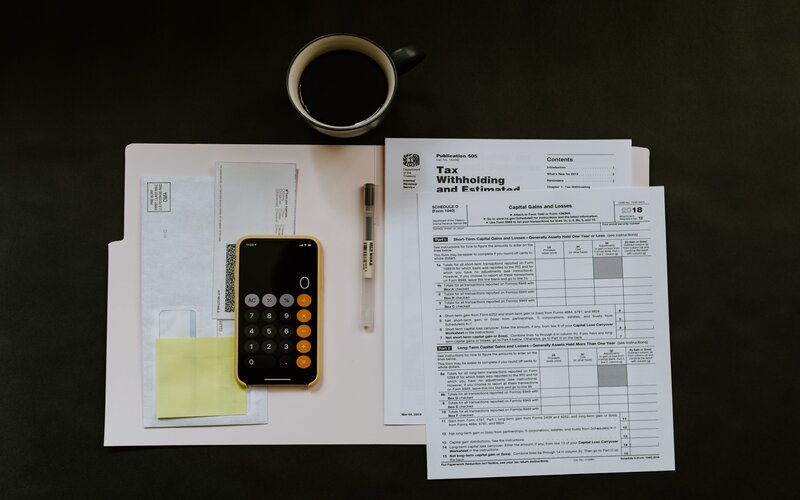October isn't just Halloween - it's also the deadline to lodge your tax return if you're not using a tax agent.
As the 31 October creeps closer and closer, time is almost up to lodge your return for this financial year.
There were multiple changes to the tax brackets this year, meaning some Aussies could receive more money by submitting their return.
According to Mark Chaman, Director of Tax Communications at H&R Block, these changes in tax thresholds and the extension of the low- and middle-income tax offset means that you are 'probably' $2,160 better off this year if you earn between $48,000 and $90,000.
"Not all of that will come back to you through your tax return but the entire low- and middle-income tax offset ($1,080) and about one third of the tax cut due to changing thresholds will - totaling about $1,500; the rest will have already been received through your wages or salary," Mr Chaman said.
He said that if you earn less than $126,000, you'll get at least some or all of the offset.
"For those who earn less than $37,000, the offset is $255," Mr Chaman said.
"If you earn between $37,000 and $48,000, the offset will increase up to a maximum of $1,080.
"Those with annual incomes of between $48,000 and $90,000 will receive the full $1,080 offset."
However, Mr Chaman said people who earn more than $90,000 will see the offset gradually fade out.
"If you earn more than $126,000 a year, you won’t get any offset on your tax payable for the year," he said.
Deductions for working from home could amount to hundreds of dollars
Mr Chaman said it 'pays to get smart' when claiming on working from home expenses.
He said there are three different methods to use when claiming your deductions: the 80 cent per hour flat rate; the 52 cent per hour flat rate; or the 'actual' method.
"Crucially, while it may sound like the most generous, the 80 cent rate does not allow you to claim anything else for working from home," Mr Chaman said.
"The 52 cent rate however allows you to make separate claims for the work-related proportion of items such as your home internet, mobile phone costs, depreciation of computer equipment, stationery, and printer ink."
Mr Chaman said that for a person that worked at home for the entire tax year, these extra deductions could amount to about $1,200.
This equals $390 in extra tax back, calculated at the 32.5% tax rate.
What to know to avoid being fined
If you don't lodge your taxes by 31 October 2021, or haven't registered with an agent by this date, you could be looking at a 'stiff' fine.
The "failure to lodge" penalty is calculated at the rate of one penalty unit for each period of 28 days or part thereof that the return is overdue, up to a maximum of five penalty units.
"The value of a penalty unit is currently $222 so the maximum penalty which can be applied for an individual is $1,110," Mr Chaman said.
The 'good news' is that penalties aren't usually applied to returns with a NIL result, or returns that generate a refund.
"In addition, where a penalty is applied, the ATO will sometimes remit it where it is “fair and reasonable to do so”, for example in the event of natural disaster or serious illness," Mr Chaman said.
According to Mr Chaman, most people who earn over the tax-free threshold, which is currently $18,200, are still required to lodge a tax return.
"In some cases, you may be required to lodge even if you earn less than that amount, for example if you worked and had tax deducted from your pay," he said.
To avoid being fined, Mr Chaman said you simply need to be registered as a tax agent client by 31 October 2021.
This way, you can lodge your tax return through your agent as late as 15 May 2022.
Image by Kelly Sikkema on Unsplash



 Denise Raward
Denise Raward
 Harry O'Sullivan
Harry O'Sullivan

 Rachel Horan
Rachel Horan


